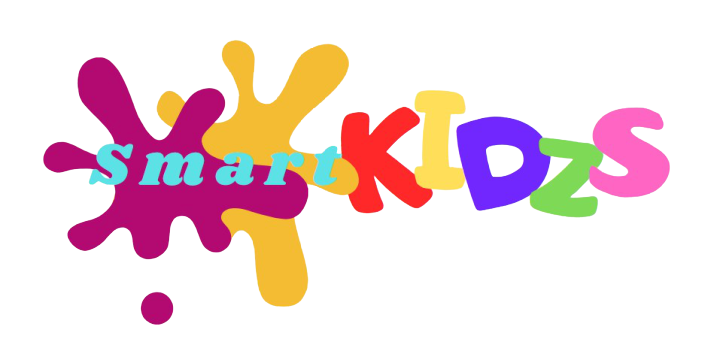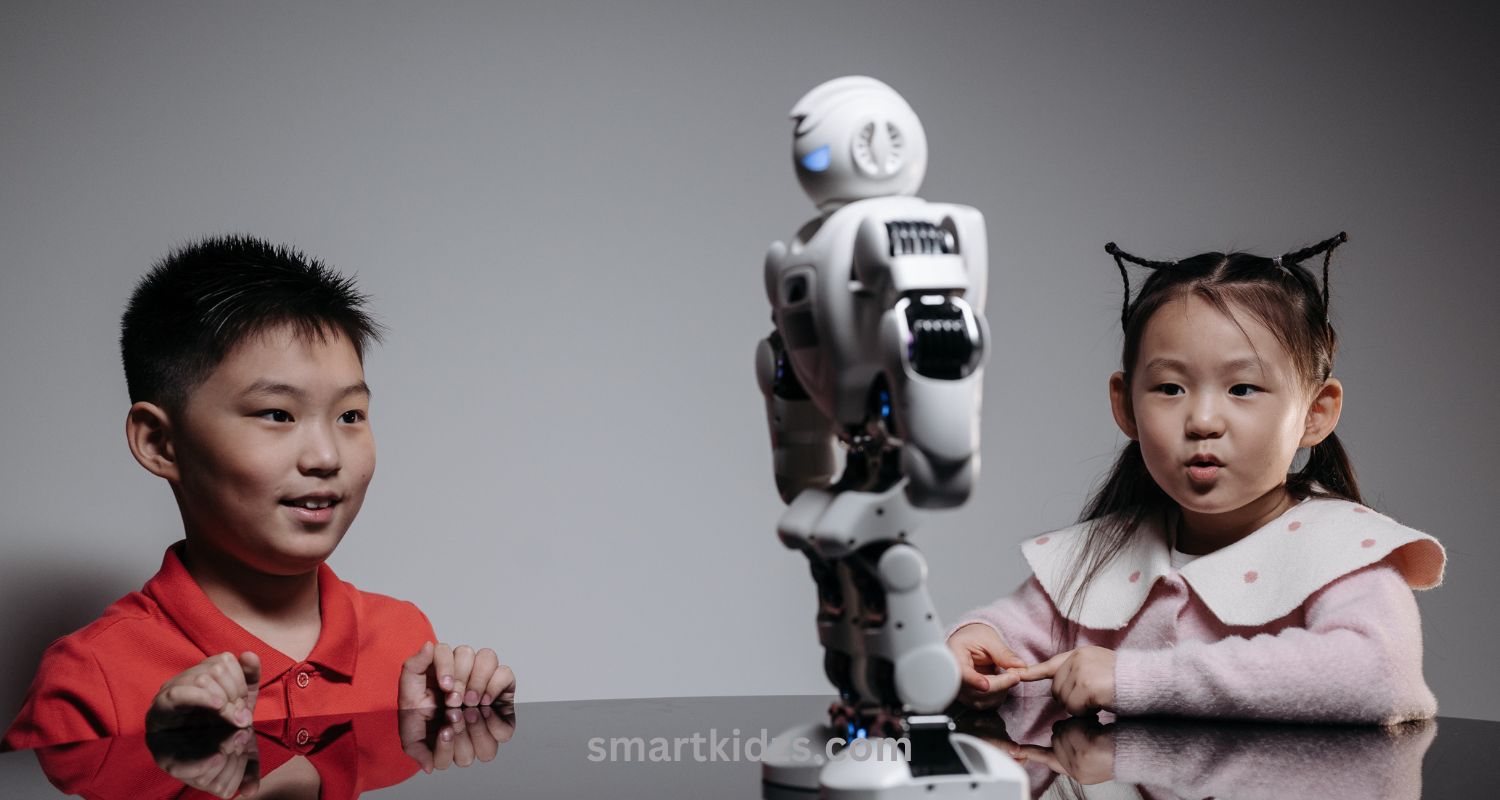Artificial Intelligence has now become essential to life itself. The learning and playing discussed here would probably be two other aspects in which such technology has a major role in either the present or the immediate future. Be it the voice assistant of Google, Siri, or Alexa, or personalized recommendations while watching videos on YouTube/Netflix or on gaming platforms-from AI, the offering seems interminable.
Children encounter AI in games, educational apps, or talking to their smart devices. The importance of understanding AI systems grows with its evolution-a means for children to use it safely and responsibly. Teaching AI subjects helps children become responsible digital citizens and prepares them for a more technology-driven future.
What is AI?
AI means Artificial Intelligence. These are systems of computers that learn, evolve, and make decisions on the basis of data. Unlike conventional programming where instructions follow a fixed set, an artificial intelligence operates on innovation where it is possible to analyze information, recognize patterns, and refine its responses by learning and evolving overtime.
AI has become a part and parcel of life-from time-to-time interactions that make it smart and personal with technology. Here are just some of the ways kids interact with AI:
- Voice Assistants-Alexa, Siri, and Google Assistant are great for quick questions, playing music, and even helping with homework.
- Chatbots & Virtual Tutors-AI-enabled learning apps such as Duolingo and Khan Academy automatically modify difficulty levels in terms of how much kids advance.
- Video games: AI underlines in-built characters and enemies, so they react and make it hard.
- Streaming & Recommendations: Differently liked movies, shows, and songs are suggested for you by Netflix and YouTube, and Spotify, everything is included by the AI.
- Smart Toys & Robots-Interactive coding robots offer AI-based education and learn to listen to children’s voices and movements.
AI is now part of how children learn, play, and explore technology, so it is very important for them to understand the role it plays in their daily lives.
How are Children Interacting with AI?
Children’s lives, from education and play to smart gadgets and creativity tools, are full of AI interventions. Interaction with AI helps children in learning, resolving problems, and bringing out creativity. Here are some glaring instances where AI shines:
-
AI in Education
AI-driven learning platforms keep lessons tailored according to the child’s progress, making education engaging and effective. Such platforms dynamically adjust difficulty levels and offer immediate feedback and practice exercises according to the needs of each learner.
Example: Khan Academy and Duolingo are examples of AI platforms that track progress and adjust lessons based on that progress, allowing kids to learn at their own pace.
-
AI in Entertainment & Gaming
AI enhances a game’s interactive storytelling by making characters and environments behave dynamically and realistically. It takes care of difficulty level adjustments, character interaction, and other time-consuming and tedious parts of creating fun worlds that can respond to players’ actions.
Example: Minecraft and Roblox are examples of AI-assisted games that create realistic terrains and modify gameplay to give players an added sense of immersion.
-
AI With Smart Devices
Children interact with AI in home settings through voice assistants such as Alexa, Siri, and Google Assistant. These smart assistants answer questions and set reminders, providing entertainment in access to instant information for kids.
Example: A kid can say, “What is the capital of France?” An AI-generated voice quickly replies, “The capital of France is Paris.”
-
AI In Creative Tools
AI-based applications and platforms grant children access to creativity by creating digital art, helping write stories, or composing music. Such tools further allow kids to experiment with storytelling, designing, and artistic expression.
Example: AI apps like DALL·E and ChatGPT assist kids in creating digital images, writing creative stories, and composing unique content.
Benefits & Risks of AI for Kids
AI offers exciting possibilities for children to learn, create, and interact with technology, but it does come with risks parents and teachers should consider. A balanced perspective on both the positive and negative aspects of AI can encourage children to use it responsibly and safely.
Benefits of AI for Kids
- Increased Learning Using Interactive Tools
Educational apps powered by AI lead to a more personalized learning process, thereby making instruction more attractive and effective. Children can learn math, languages, and science at their speed.
Example: Duolingo adapts lessons based on how well a child understands words and grammar rules.
- Stimulates Creativity in Stories, Music, and Design
AI tools allow children to write, create digital art, and compose music, stimulating creativity and imagination.
Example: DALL·E is an AI art tool that gives kids the ability to create their own unique pictures based on a description they provide.
- Gives Quick Answers and Assistance in Learning
AI assistants allow kids to search for information very quickly to make learning a faster and efficient process.
Example: Siri or Google Assistant could help with homework, like solving math problems or historical fact-checking.
Risks & Considerations
- Privacy Issues
Apps and devices powered by AI will collect user data, which invariably raises privacy and security concerns. Parents should ensure the strongest privacy settings and check what data is being shared.
Tip: Use parental control settings and check AI app privacy policies before allowing children to access them.
- Misinformation
Not every AI response is accurate. Children should verify the information with reputable sources and not trust AIs’ information blindly.
Example: An AI could offer wrong information on historical facts or present some bias, leading the young learners astray.
- Over-Reliance on AI
If children develop an over-reliance on AI for answers, this will put a dent in their ability to develop critical thinking and problem-solving skills. Encourage them in independent learning and reasoning.
Tip: Remind children to ask questions, assess information, and form their own reasoning instead of just giving in to the outputs of AI.
AI is a very powerful, deep-impacting instrument that has found its way into children’s lives, shaping their educational experiences, entertainment, and creativity. There are personalized learning apps and interactive games and smart assistants so that AI would allow for some fun and exploration in these new skills and their knowledge.
But there must be a responsible use of AI in parallel. Parents and educators have the responsibility to guide children in using AI safely so that they do not lose sight of balancing technology with critical thinking, privacy knowledge, and any independent problem-solving skills.
In understanding and applying AI with some substance, children also acquire digital literacy and other key future-ready skills to make sense of the ever-changing technologies that they will have to face.


